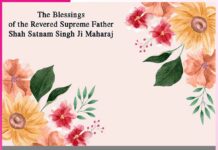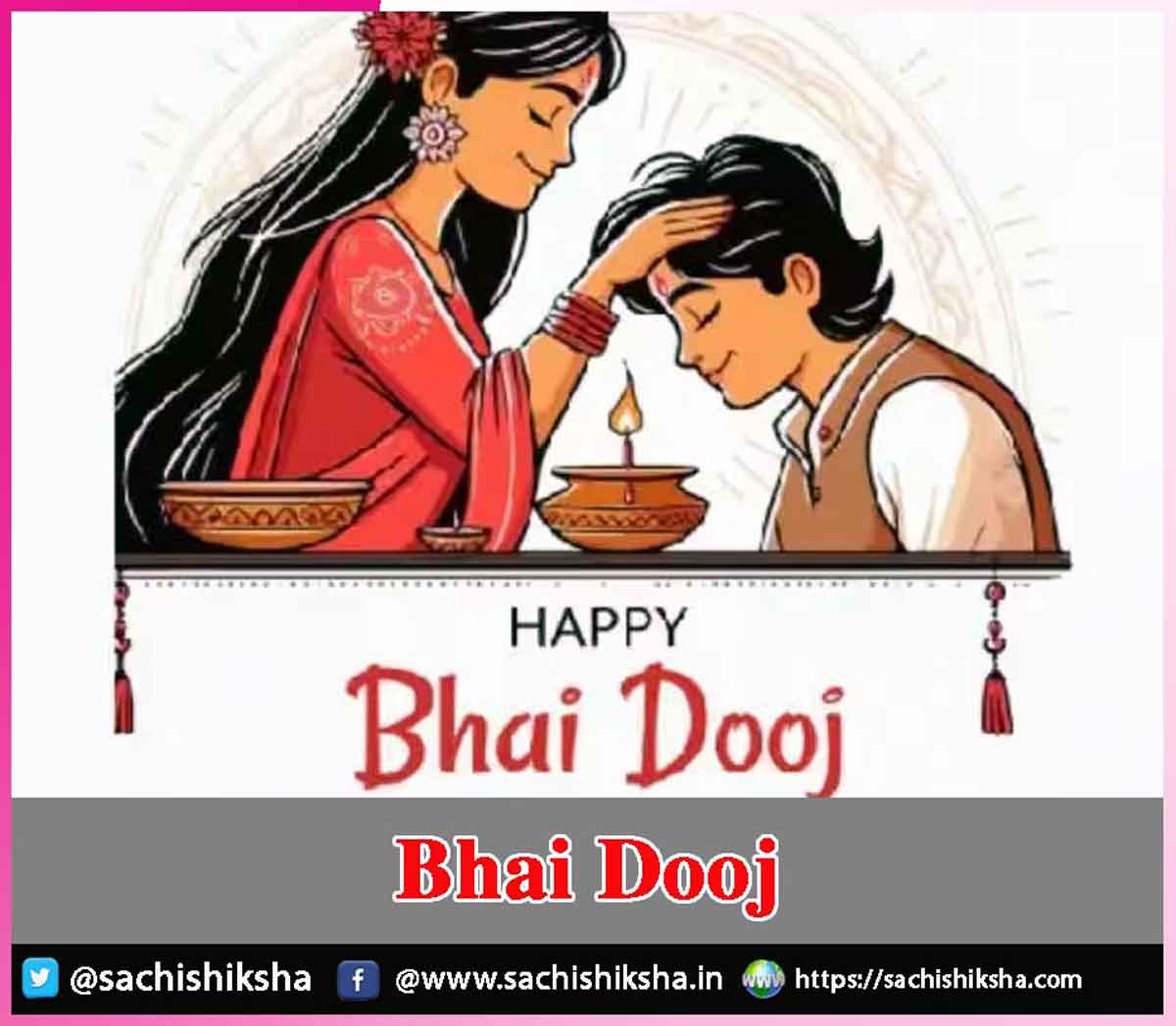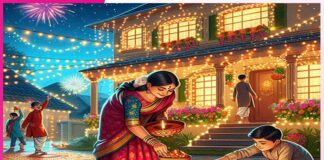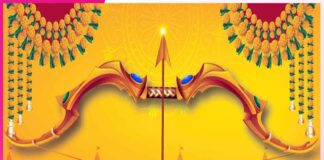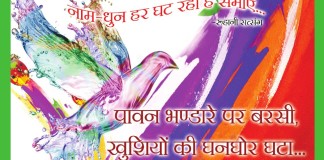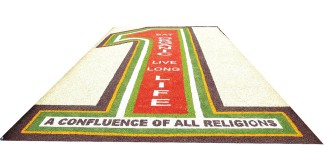Bhai Dooj
Introduction: India is a land of vibrant festivals, each reflecting deep-rooted traditions and emotions. Among these, Bhai Dooj holds a special place as it celebrates the pure and eternal bond between brothers and sisters. Falling just after Diwali, this festival symbolises love, protection, and the importance of family ties in Indian culture.
Table of Contents
Mythological Origins
The origin of Bhai Dooj is rooted in ancient Hindu mythology. The most popular legend revolves around Yama, the god of death, and his sister Yamuna. According to the story, Yamuna invited her brother Yama to her home after a long time. She prepared a grand meal, welcomed him with a ceremonial Tilak (mark on the forehead), and prayed for his long life and well-being. Deeply touched by her affection, Yama declared that any brother who visits his sister on this day and receives a Tilak from her would be blessed with a long and prosperous life. Since then, Bhai Dooj has been celebrated to honour this sacred bond.
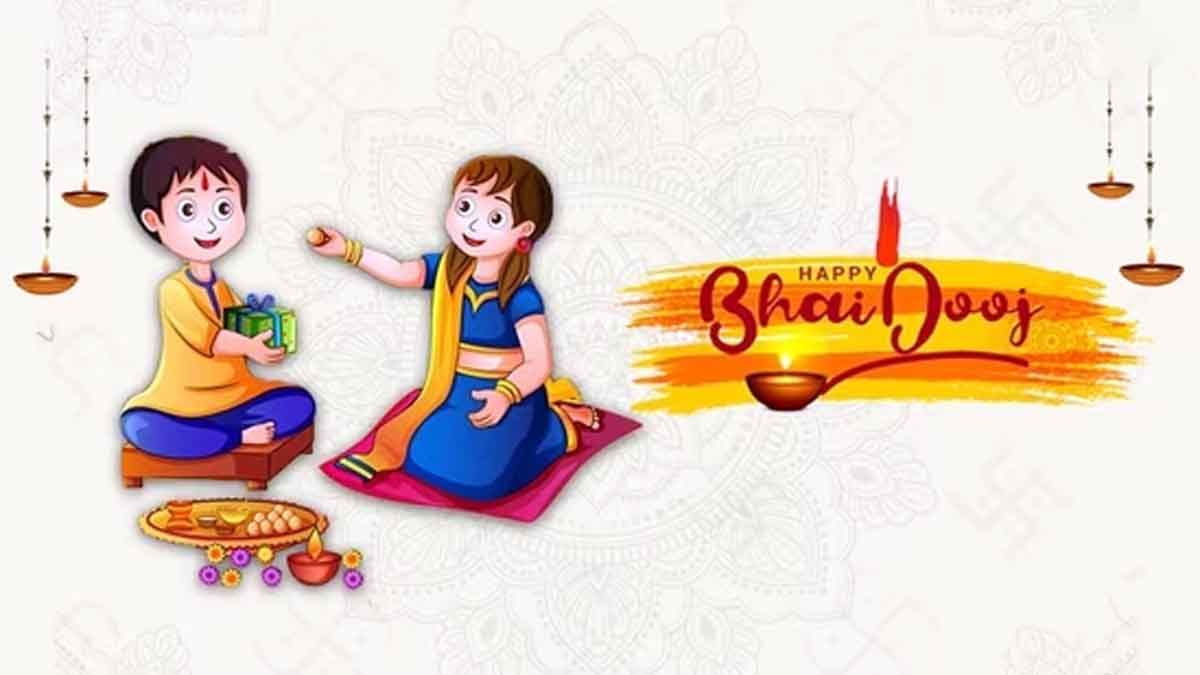
Traditional Celebration
Bhai Dooj falls two days after Diwali. The day begins with preparations by sisters who decorate their homes and prepare festive dishes and sweets. The ceremony starts when the sister applies a Tilak of sandalwood paste, vermilion, or Roli on her brother’s forehead.
In return, the brother gives gifts or money to his sister as a token of love and appreciation. More than material exchange, this gesture represents a promise of lifelong protection and care. In some parts of India, brothers visit their married sisters’ homes to celebrate the occasion, which strengthens family bonds and keeps relationships alive across distances.
Modern Relevance
Despite regional differences, the essence remains the same—the celebration of the bond of love and protection between siblings.
In today’s fast-paced world, where family members often live far apart due to work or studies, festivals like Bhai Dooj carry even greater importance. They offer an opportunity to pause, reconnect, and express love and gratitude. While traditional rituals continue, many people now celebrate virtually through video calls, online gift exchanges, and heartfelt messages, keeping the emotion of the festival alive despite physical distance.
Symbolism and Significance
Bhai Dooj also serves as a reminder of equality and mutual respect between brothers and sisters. It is not only about the brother’s promise to protect his sister but also about the sister’s prayers for her brother’s happiness. The festival symbolises trust, care, and emotional security that siblings provide each other throughout life.
Conclusion
Bhai Dooj is more than just a festival—it is an expression of timeless love between siblings. Rooted in mythology and nurtured by generations, it continues to strengthen family ties in an era of changing lifestyles. Whether celebrated with traditional rituals or modern adaptations, the spirit of Bhai Dooj remains constant: honouring the beautiful bond of affection, protection, and mutual respect between brothers and sisters.









